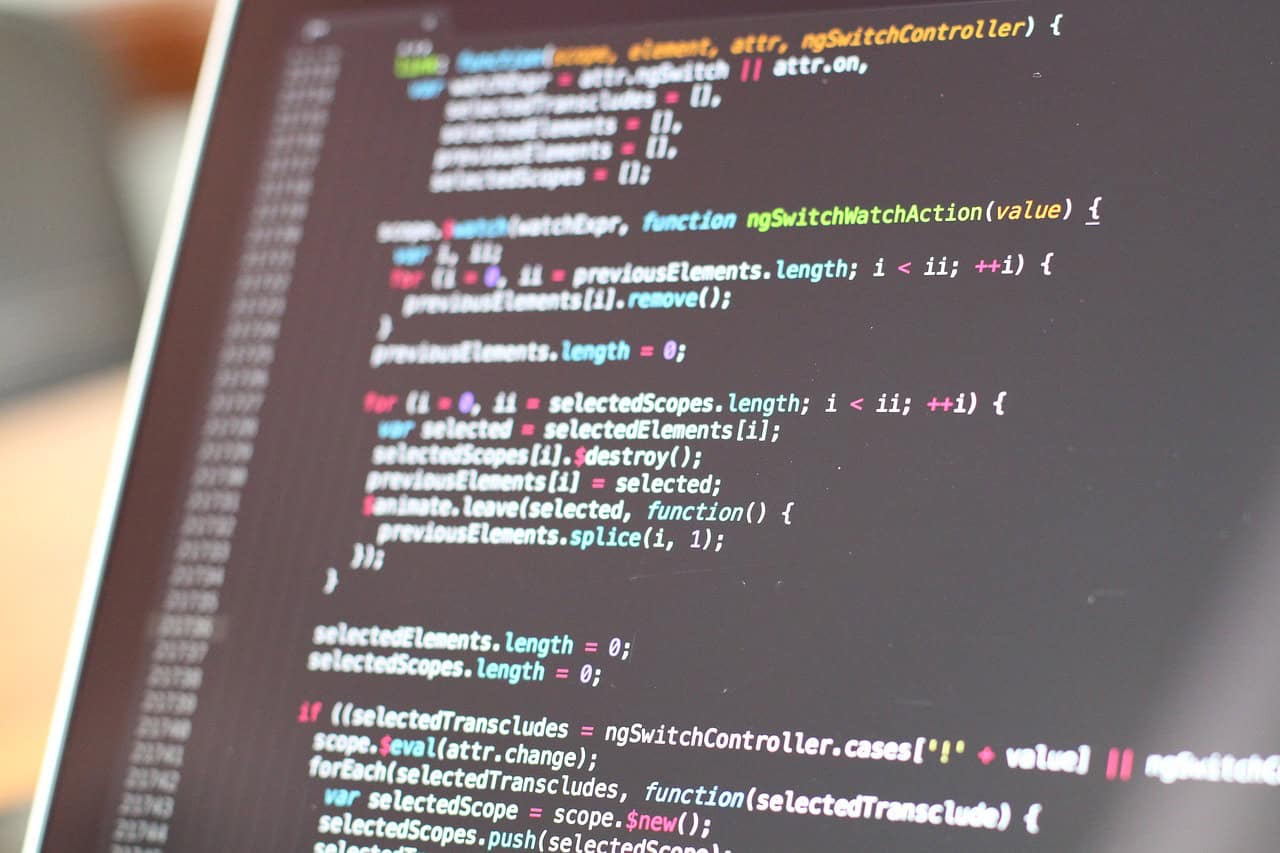Comprehensive Guide to Python Web Development for Beginners
Python is a versatile and popular programming language that has become a go-to choice for web development. Its simplicity, readability, and vast ecosystem of libraries and frameworks make it an ideal choice for both beginners and experienced developers. In this blog post, we will delve into the world of Python web development, providing tips and insights for readers to learn and master this powerful language.
Why Choose Python for Web Development?
- Maturity and Security: Python has been around since the 1990s, making it a mature and stable technology. Its security features are robust, making it a great choice for applications that require high security standards.
- Versatility: Python is not just for web development; it’s a general-purpose language, allowing developers to transition easily between different projects.
- Large Community: With a supportive community, Python offers over 70,000 libraries in the Python Package Index (PyPI), making it easy to find tools and resources.
- Ease of Learning: Python’s simple syntax and readability make it an excellent choice for beginners who want to learn programming without getting bogged down by complexity.
Setting Up Your Development Environment
- Install Python: Download and install the latest version of Python from the official Python website.
- Choose a Web Framework: Python offers several frameworks such as Django, Flask, and Pyramid. Flask is often recommended for beginners due to its simplicity.
- Set Up a Virtual Environment: Use `virtualenv` or Python’s built-in `venv` to create and activate a virtual environment.
- Install Framework and Dependencies: Activate your virtual environment and use pip to install the chosen web framework, e.g., `pip install Django`.
Key Steps in Python Web Development
- Project Initialization: Each web framework has its own way of creating a new project structure. For Django, you can create a new project with `django-admin startproject projectname`.
- Configure Settings: Modify the configuration file to specify settings for your project, including database connections and security options.
- Define Models: Models represent the structure of your data. In Django, this is done using a declarative syntax that maps to database tables.
- Create Views and Templates: Views handle request processing, while templates provide page structure and presentation.
- Define URL Routes: Configure the URL routing mechanism to map incoming URLs to specific views or functions within your application.
- Handle Forms and User Input: Implement forms to ensure correct processing of user data for dynamic web applications.
Best Practices for Python Web Development
- Testing and Debugging: Use tools like unittest and pytest for testing. Debugging tools such as pdb help identify issues quickly.
- Security Best Practices: Implement secure protocols like HTTPS, validate user input, and safeguard against common vulnerabilities like SQL injection and XSS.
- Deployment Strategies: Consider using Docker for containerization or deploying to cloud platforms that can handle traffic efficiently.
Conclusion
Python web development offers a wide range of tools and libraries that enhance productivity and simplify the development process. By following these guidelines, beginners can get started with Python web development and create dynamic, scalable, and secure web applications. Whether you’re building a personal project or a complex enterprise application, Python stands out as an excellent choice due to its versatility, ease of learning, and robust framework support.
Additional Resources
Projects and Applications in Python Web Development
Key Projects
- Personal Portfolio Website: Create a simple portfolio site to showcase your projects using Flask.
- Blog Platform: Develop a blog application where users can create, edit, and delete posts using Django.
- Online Store: Build a comprehensive e-commerce site, implementing products, categories, and a shopping cart using Django.
- Task Manager: Create a to-do list application where users can add, edit, and remove tasks using Flask.
Python Code Examples
Example of a Simple Flask App:
from flask import Flask, render_template
app = Flask(__name__)
@app.route('/')
def home():
return render_template('index.html')
if __name__ == '__main__':
app.run(debug=True)
Example of a Django Model:
from django.db import models
class Post(models.Model):
title = models.CharField(max_length=100)
content = models.TextField()
created_at = models.DateTimeField(auto_now_add=True)
def __str__(self):
return self.title
Real-World Applications
Python web development is widely used in various industries for building robust web applications. Its versatility allows developers to create everything from simple personal projects to large-scale enterprise solutions.
For example, financial institutions use Django for secure web applications handling sensitive data. Educational platforms utilize Flask for quick deployment of e-learning systems. Furthermore, startups often prefer Python for its rapid development capabilities, enabling them to iterate their products quickly based on user feedback.
Next Steps
With your newfound understanding of Python web development, it’s time to put your knowledge into practice! Start experimenting with small projects, perhaps by building a simple web application using Flask. This hands-on experience will reinforce your skills and boost your confidence.
For more in-depth learning, consider exploring our comprehensive guide to web development in Python. This resource offers additional insights and techniques that will enhance your development process.
Don’t forget to join Python communities and forums, where you can ask questions, share your projects, and learn from other developers. Engaging with peers can provide invaluable support as you continue your journey in Python web development.

1 thought on “Unlock Your Potential: The Ultimate Beginner’s Guide to Python Web Development”
Comments are closed.